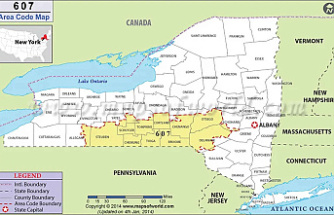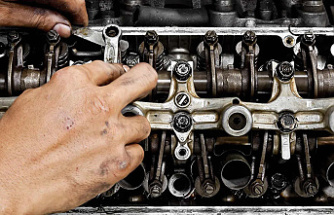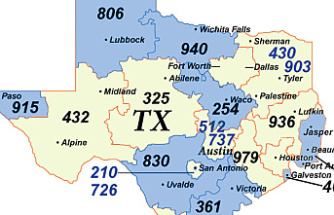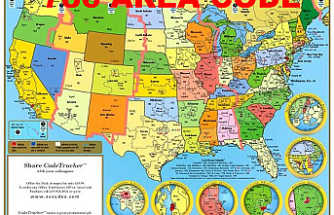Danielle Dufault is breathing new life into animals wiped from the planet millions of years ago by showing what they looked like.
The Toronto-based, paleontological illustrator has collaborated with researchers to visually resurrect everything from a head of a T. Rex to a bird-like dinosaur called a Theropodziphodonty Gorgosaurus to an ancient snail-like creature, the hyolith Haplophrentis.
At times, all that is known about a species she’s tasked with drawing comes from the remnants of its tiny frame squashed into an ancient fossil. She bases her drawings on the most accurate description of species that scientists are able to provide her.
Dufault works frequently with Royal Ontario Museum researchers and has collaborated with University of Toronto students and professors, helping them illustrate what they know about life on this planet millions of years ago.
Earlier this year, Dufault helped revive the image of a worm-like creature, the Ovatiovermis cribratus, which researchers believe lived around 500 million years ago and was no larger than a human thumb. What’s known about it comes from fossils discovered in the Canadian Rocky Mountains.
“Danielle is our eyes, basically,” said Jean-Bernard Caron, curator of invertebrate paleontology at the Royal Ontario Museum and an associate professor at U of T, who was the lead writer of a paper on the species.
“She allows us to portray animals that have been in the rocks for a long time, fossilized or flattened . . . or you know, some pieces are missing.”
Caron said Dufault comes in when researchers already have a strong understanding of what a species might have looked like.
“She helps us basically understand what we have in our brains, in terms of how we understand this animal in three-dimensions . . . ”
He said Dufault’s images are part of the scientific process and that her illustrations get included in published scientific papers.
“I will definitely see the quality of a paper based sometimes on the illustrations, indeed. For us it’s a process that takes often many months to get something that is accurate,” said Caron.
He said when people don’t put the time in, it shows.
Dufault said that in her line of work, strong communication with researchers is crucial. When taking on a re-creation project, she sits with them and asks for a description of everything they know about the species, from every possible angle, and then examines any fossils, personal sketches or technical drawings they might have to help inform her image.
From her notes, Dufault puts together her own draft. Her goal is to be able to draw a bottom, top and side view of each. When there are gaps in knowledge about an ancient species, Dufault said she works with researchers to figure out what its closest relatives might have been, to help inform with the often inevitable guesswork.
“Filling the blanks, we at least know what to expect based on comparative anatomy, but it’s still open to speculation until someone finds a fossil that contains the missing information,” she said. “So we make the best educated guess we can.”
Dufault considers her work, at times, as sort of “science-outreach” — a way to grab the attention of researchers and the public, drawing in the readers attention to new discoveries and findings. But at the same time, that doesn’t mean she’s running wild with creative freedom.
Long before she was drawing dinosaurs, Dufault found herself conflicted when deciding what she wanted to do. With an interest in pursuing both science and art, she found an education that merged the two fields at Sheridan College, studying technical and scientific illustration there.
Phil Currie, professor at the University of Alberta and the Canadian Research Chair in Dinosaur Paleobiology said it takes a specific skill-set to do what Dufault does.
“People like to illustrate dinosaurs, and draw dinosaurs — kids love to do it too — and it’s something that is pretty universal for artists, that if they are going to do anything with prehistoric animals what they are going to do is let their imaginations go crazy . . . ,” he said. “But to get someone to do a competent, scientific drawing that’s another matter . . . It’s a technique or a technology you learn.”
The Toronto Star and thestar.com, each property of Toronto Star Newspapers Limited, One Yonge Street, 4th Floor, Toronto, ON, M5E 1E6. You can unsubscribe at any time. Please contact us or see our privacy policy for more information.
Our editors found this article on this site using Google and regenerated it for our readers.












